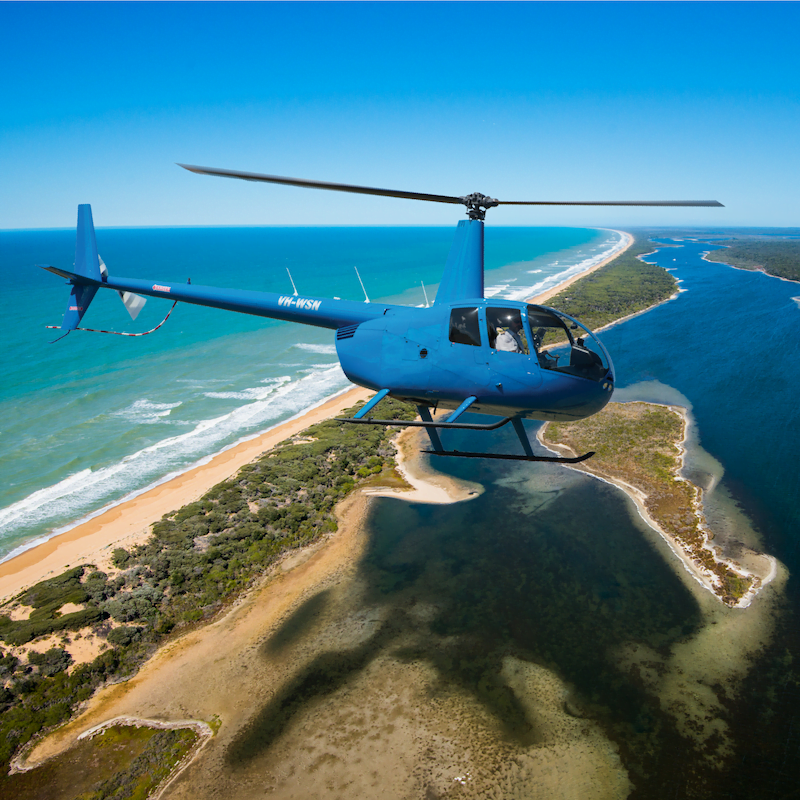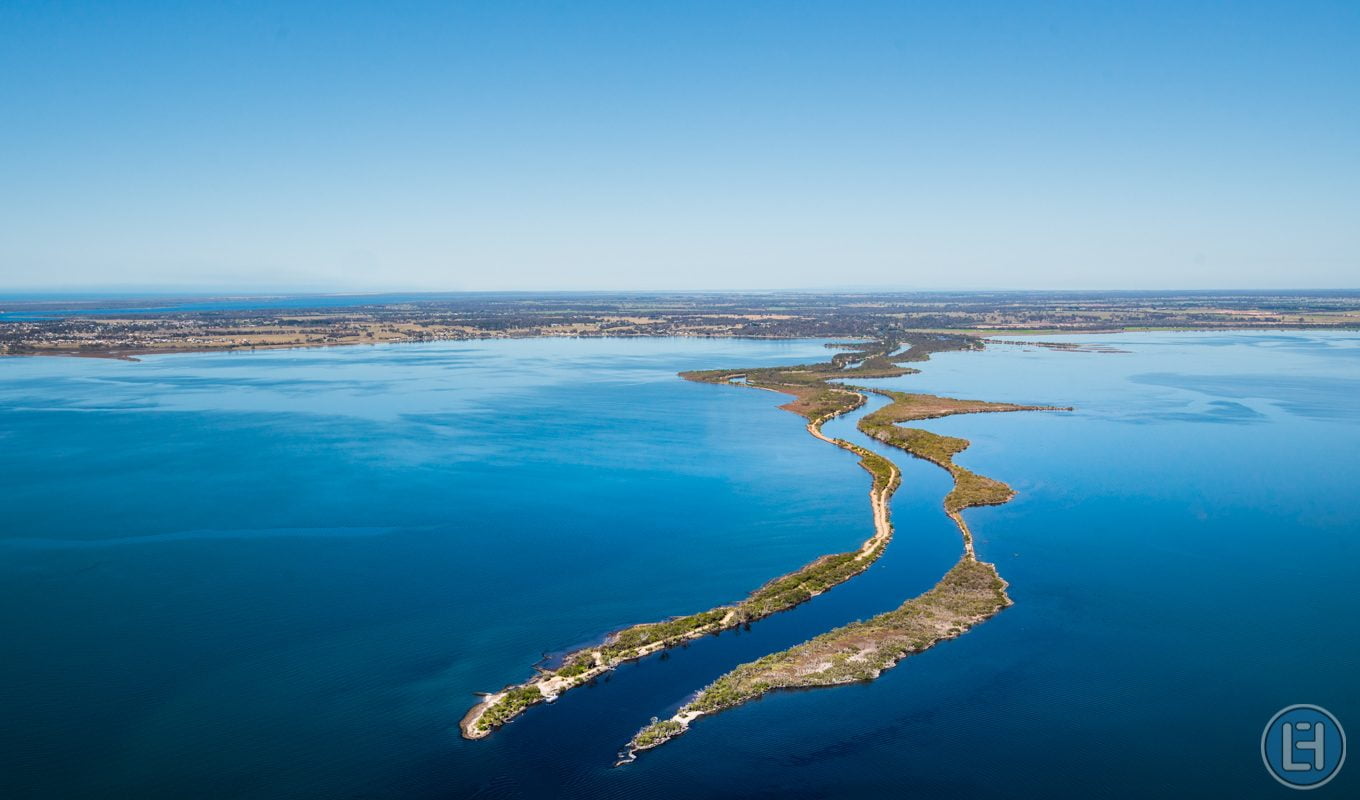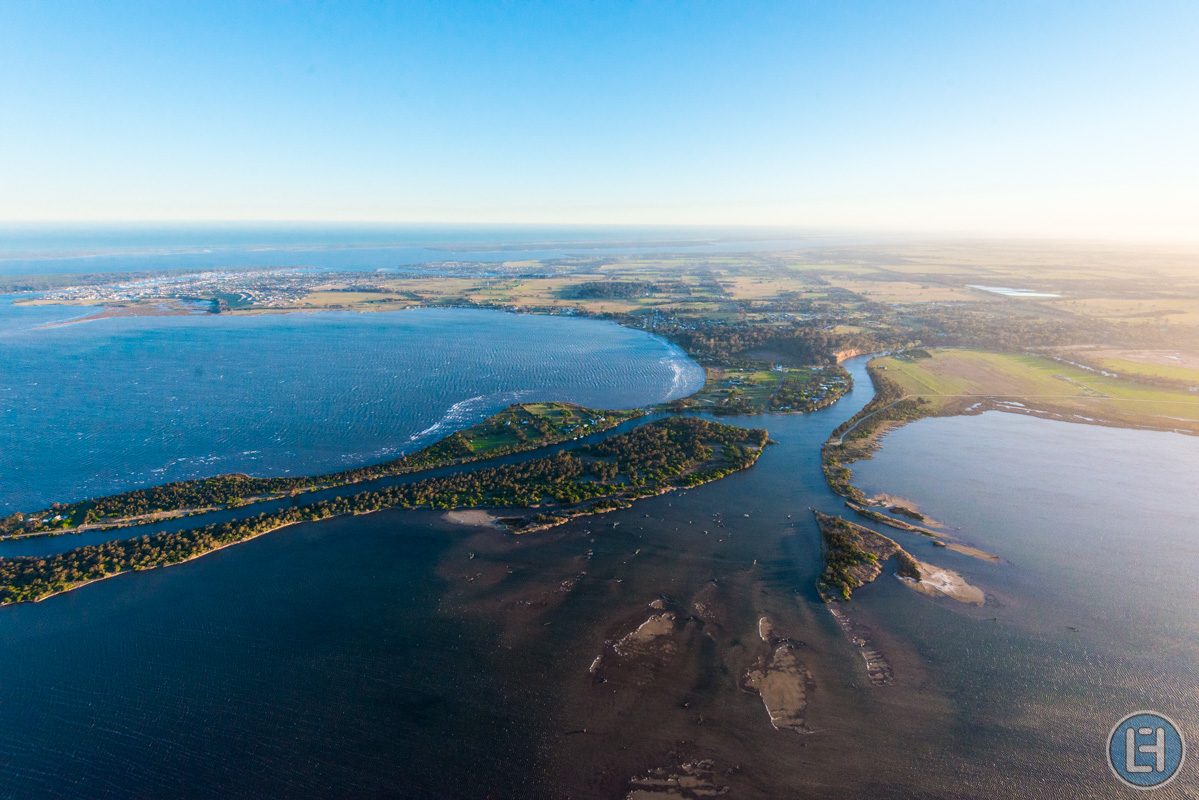How can we help you?
Our most frequently asked questions can be found below.
If you have further queries, please get in touch with us.
- Infant: Less than 3 years old
- Child: Between 3 years and less than 13 years old
- Adult: 13 years and older
Yes, we do to operate in most weather conditions unless extreme. If you are concerned about the weather please do not hesitate to Contact Us and speak to an experienced pilot.
If at the time of departure, the Pilot In Command deems the flight cannot proceed due to bad weather conditions and thus raising safety concerns, the flight will be cancelled and we will work with you to reschedule to a suitable time. Our cancellation policy can be found in our Terms And Conditions. Please do not hesitate to Contact Us to discuss.
All flights are conducted during daylight hours.
Yes, Bookings are essential to ensure your preferred time is available.
Yes. If the third seat is available a passenger can be added to the flight. If more then one passenger is added, another flight will be scheduled, so some advanced notice is greatly appreciated.
Gift Certificates are no long available for purchase. You can still Gift a Scenic Flight, however, it will require a date and time booking. Payment can be made on the day at the airfield.
Existing Gift Certificates can be redeemed when booking a Scenic Flight until they expire.
Gift Certificate are valid for 36 months from date of purchase.
Contact the third party supplier or booking agent to redeem the voucher.
Yes, Lakes Entrance Helicopters can customise a flight to suit your needs. Please do not hesitate to Contact Us to discuss where you would like to go.
Yes, we can pick up passengers from Moorabbin and Essendon Airports, however, luggage restrictions apply. Please do not hesitate to Contact Us to discuss your requirements.
Local transfers can be arranged, subject to staff and vehicle availability.











